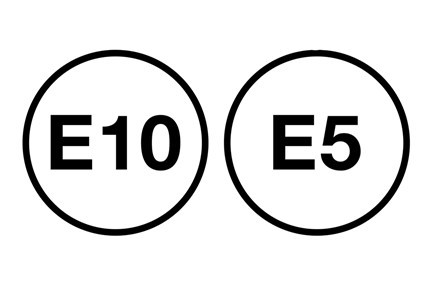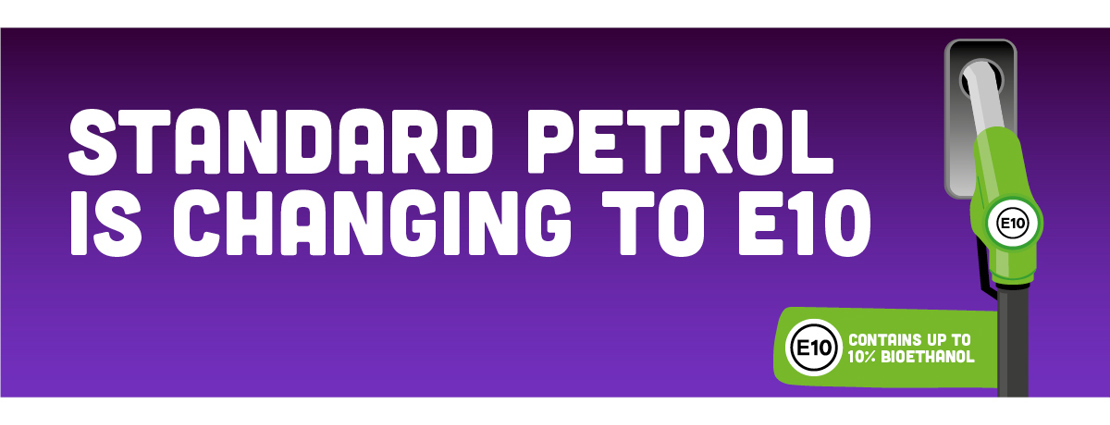What has changed?
Since the 1st September 2021, standard (or ‘premium’) grade petrol in Great Britain has contained a higher ethanol content, known as E10. This policy change, enacted across Great Britain, lowers the greenhouse gas (GHG) emissions of the UK’s petrol. E10 petrol was also rolled out in Northern Ireland on 1st November 2022 as the new standard grade of petrol.
This transition to E10 has been fully supported by the downstream oil sector as a practical measure to further reduce transport carbon emissions - the equivalent of taking up to 350,000 cars off our roads. Although the impact on drivers, filling station operators and the wider community has been minimal, this page gives information on the changes at the pump and why they have been made.
What is E10?
E10 is the label used for petrol containing up to 10% ethanol. Ethanol from renewable feedstocks is added to petrol to reduce the fuel’s carbon emissions. Previously, standard (or ‘premium’) petrol contained up to 5% ethanol.
While the “E” of the label was originally derived from ethanol blended on top of hydrocarbon petrol, its use has since evolved to indicate wider renewable content (such as methanol) of petrol in line with fuel standards.
Almost all (95%) petrol-powered vehicles on the road today can use E10 petrol and all cars built since 2011 are compatible.
If your petrol vehicle or equipment is not compatible with E10 fuel, you will still be able to use E5 by purchasing the ‘super’ grade (97+ octane) petrol which is available from some filling stations.
At the petrol station, a circular ‘E10’ or ‘E5’ label will be clearly visible on both the petrol dispenser and nozzle, making it easy for you to identify the correct fuel.
The ‘E10’ and ‘E5’ labels look like this:

Does E10 affect the performance of my car?
The Department for Transport (DfT) estimates that the loss in fuel efficiency is around 1%, which is unnoticeable for most drivers and is far less of an impact than other variables such as driving style or under-inflated tyres. Any small reduction in fuel efficiency is far outweighed by the GHG savings from the introduction of E10.
It’s also worth remembering that petrol engines have seen significant efficiency gains over the last two decades – around a third in Europe since 2000 (according to the ICCT).
Why has E10 been introduced?
In the UK, increased use of renewable fuels such as bioethanol is mandated by the Renewable Transport Fuel Obligation (RTFO). In 2019, the vast majority of renewable fuel blended into petrol was bioethanol (>90%).
The introduction of E10 was a practical step that has increased renewable fuel use in the UK.
The policy announcement by UK Government to mandate E10 in the UK was an important step in the UK’s broader energy transition journey. Updated renewable transport fuels policies are essential in reducing the emissions of the light duty vehicle sector and, in time, such policies should help reduce emissions in more difficult to decarbonise transport sectors – such as aviation and HGVs – where low carbon liquid fuels and hydrogen will have an important role to play as part of a range of technologies.
For more information:
If you have any further questions about E10, the following links may be of help:
Confirm if your vehicle can run on E10: DfT official Link or try the Zemo Partnership checker Link
UK Government Explainer: E10 Petrol Explained
Federation of British Historic Vehicle Clubs: Fuels
Consultation Response: Here
